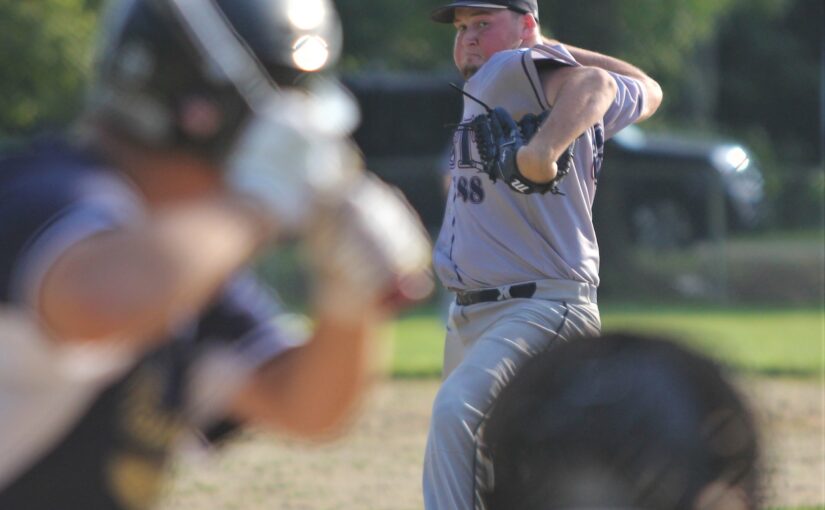Baseball/Softball: Setting the infield defense
Having played shortstop for more than 50 years and having coached fast-pitch softball for 18 years at the summer, high school and college levels, it always surprises me when I watch teams defensively play every hitter the same — straight up in the infield with the second baseman and shortstop splitting their sides in half and the corners playing even with the bag and on the line. I would assume that every one of these coaches could set their defense to the hitter’s tendencies if they switched sides and coached against their own teams. So why not do it against your opponents?
If you watch MLB, you see infielders being moved from hitter to hitter and sometimes pitch to pitch. We do the same.
 At the school I’m assisting now, we move our infield possibly more than any team in the country based on certain factors statistically proven to be reliable indicators of future results. At times we’ve been beaten by our shift, but more often than not we steal outs based upon our spray charts. There are a variety of factors I use to set the infield defense.
At the school I’m assisting now, we move our infield possibly more than any team in the country based on certain factors statistically proven to be reliable indicators of future results. At times we’ve been beaten by our shift, but more often than not we steal outs based upon our spray charts. There are a variety of factors I use to set the infield defense.
At the outset, our infield defensive alignment is based upon our pitcher’s velocity on that given day and the quality of the opponent we’re facing. When our faster pitchers are throwing, we play hitters more up the middle and away. When our slower pitchers are on the mound, we play more to pull. The same adjustment is made based upon whether we’re facing a good hitting team or a weak hitting team. But that’s only the beginning of our analysis.
Our alignment is also based on the called pitch and its location. The defensive alignment is adjusted to account for our pitcher’s ability to hit their spots. We can rely upon our defensive alignment when we know our pitcher will be in the vicinity of the location called. We’ll shift less when our pitcher is inconsistent in her location. In either case, we won’t shift until the hitter is in the box and focused on the pitcher to ensure that we’re not giving away location too early.
Added to that formula are the hitter’s bat speed and contact tendencies. I have found that these two elements are generally consistent from at-bat to at-bat, although the college Division I hitter is more capable of adjusting than one would expect from a junior college or high school hitter. I have found that hitters who make contact in the middle or back of the plate or have slower swing speeds generally hit the ball more up the middle and away. Hitters with great or good bat speed, and those who make contact in front of the plate, generally pull the ball. I have also found that most hitters who stay inside the ball will hit it up the middle or away more than hitters who cast their hands and get out in front.
Also included in my formula are the lateral strengths of our middle infielders, taking into account whether they move better to their left or right. We set them up to succeed by accounting for those strengths. We also set our infield depth based upon the speed of the infield surface we’re playing on and the speed of the hitter.
Our goal is not necessarily to have the ball hit right at the infielder, although that happens with great frequency. Our goal is to set our defense so that the ball will be hit within the infielder’s expected lateral range once aligned, usually a range of four to eight feet either way. It’s very deflating to the hitter who hits a rocket line drive or ground ball right over the second-base bag or in the infield holes only to have the second baseman or shortstop waiting for it. We see it game after game.
The final piece of the puzzle is the spray chart kept on every hitter. I’ll leave the details of the spray chart to your preference, but it involves more than keeping a score book. At minimum, it should include the hitter’s bat speed, swing tendency, contact point and result with the pitch that was put into play. These facts will allow you to better defend the hitter, and the defense improves as the information gathered increases after each at-bat.
It’s the responsibility of every coach to put their players in the best position to succeed. This includes aligning your infield defense consistent with your spray chart and the hitter’s tendencies. I’m often asked what are the three to four factors I find most important in setting the infield defense. They are:
- My pitcher’s velocity
- Pitch location
- The hitter’s contact point and swing path tendencies
- My infielder’s lateral strengths and weaknesses
Hopefully this gives you some food for thought on how to better defend your opponents and give your infielders a better chance of success. Your pitchers will be thankful for your efforts.
Joe Spitzzeri is an assistant softball coach in Sugar Grove, Illinois.



